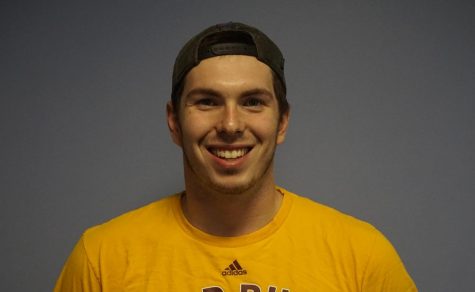LGBTQ representation in dating shows
October 4, 2019
For years, dating shows have been a staple in the television landscape. Series such as “The Bachelor” and “The Bachelorette” keep the masses entertained as they capture lucky singles’ incredible journey to find love. As enjoyable as these reality television shows are, there is one striking similarity: they are exclusively heterosexual.
In our society, love is not constricted into a singular box. Love is expressed in a variety of different ways through a variety of different people. If there are different ways love can be shown in the outside world, why do our television screens only show us love between men and women?
I would always wonder what was stopping television networks from producing a gay bachelor. Haters declared that a gay dating show would just end in all the contestants getting with each other. “Finding Prince Charming” aired on Logo TV in 2016, and although the contestants did not get with one another on camera, the gay bachelor prototype was as dull as can be.
An LGBTQ dating show seemed impossible, until this summer when MTV decided to push the boundaries and use all bisexual contestants for the eighth season of “Are You the One.”
Admittedly, I was skeptical. The format of the hit reality-competition is to find your professionally matched soulmate while living in a house with 19 other people. It was hard enough for contestants to find their matches within the confinements of “a man and a woman must be together;” how would the contestants be able to navigate the dating lines when a man can be with a man and a woman can be with a woman?
The season pleasantly surprised me, and I was more intrigued with the current season than any of its predecessors. It felt so good to see two men making out on my TV screen or two girls going out on a first date. It brought a smile to my face to finally be able to fully relate to the genre of television I call my “guilty pleasure.”
It was awesome to be able to ship a gay couple and watch all the contestants be just as entertaining as their hetero counterparts. In addition to being fun and crazy, the “Are You the One” contestants also offered extremely useful commentary and insight into the bisexual, transgender and gender-fluid communities. It was as informative as it was fun to watch.
The representation of “Are You the One” was stellar. It’s important that television audiences see themselves in the characters and stories they watch on television.







